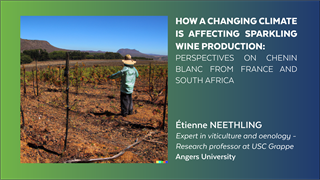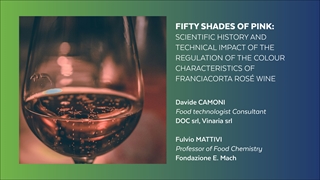The crucial role of crown caps for sparkling wines during aging on lees
Presented by
Description
When it comes to sparkling wine tasting, dissolved CO2 is a key compound responsible for the very much sought-after effervescence in glasses. Dissolved CO2 in champagne and other premium sparkling wines elaborated through traditional method comes from a second in-bottle fermentation (the so-called prise de mousse).
However, although the crown caps used to seal bottles during aging are completely liquid-tight, they are not 100% gas-tight. Dissolved CO2 losses and O2 ingresses were evidenced during aging on lees, by far the longest step of the traditional method. Indeed, the slow decrease of dissolved CO2 during prolonged aging on lees will have significant consequences on effervescence, by impacting both the size and number of bubbles that will form in the glass during tasting.
Moreover, the wine taste and aromas strongly depend on the concomitant O2 ingresses during aging on lees. To the best of our knowledge, our study is the very first study, carried out in situ, which attempts to better apprehend and quantify CO2 losses and oxygen ingresses, for five years, during the aging on lees of a Champagne wine sealed with a set of various crown caps showing a wide range of permeability to gases.
The crown cap used to seal bottles during aging on lees definitely proved to be a tool to modulate gas transfers (CO2 losses / O2 ingresses) during this key step of premium sparkling wines elaboration.













